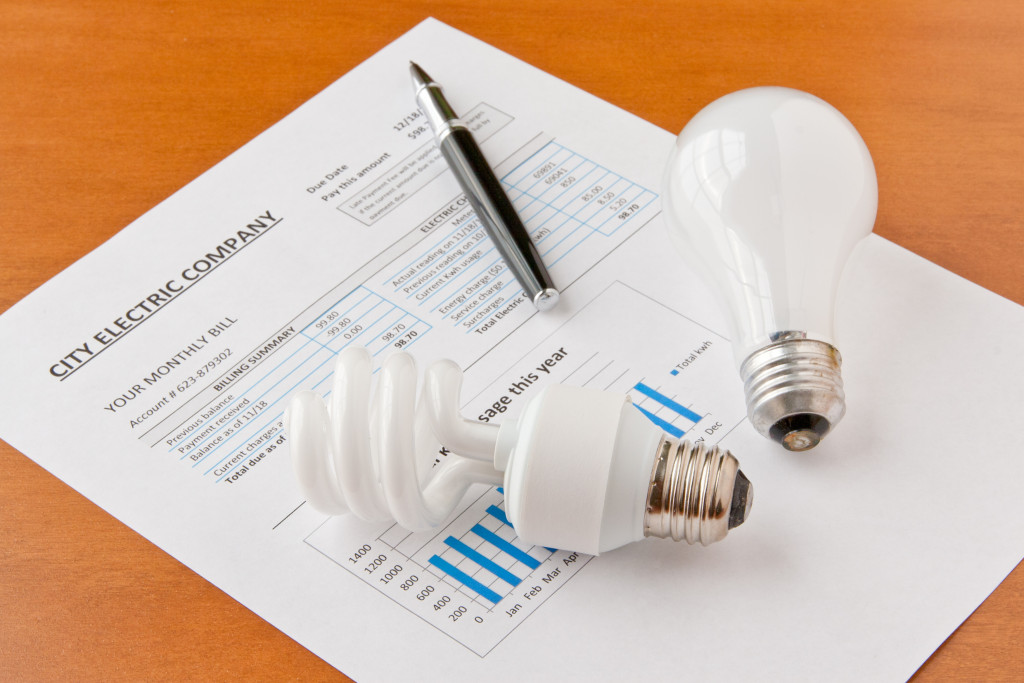By now, you may already know about how human activity impacts the greater natural environment. As beings who rely on natural resources to sustain our existence, humans are partly responsible for the rapid depletion of nature’s resources. It can be hard to feel how finite resources are, but several are significantly reduced due to human activity. These include fossil fuels, water, and even oxygen. Many animals have gone extinct due to deforestation, hunting, and other harmful activities humans cause.
Humans have had the initiative to move toward sustainable living to mitigate these damages and preserve what is left of the planet’s gifts. A way of life that serves the needs of humans while lessening the harmful effects that these activities may cause. These initiatives have penetrated multiple aspects of our way of life. People are becoming more conscious of how they may lessen their impact on the environment.
Laws and policies have also been made that require people and businesses to be environmentally friendly. They have even made it into the inner workings of how we choose to build our houses. With that, homeowners must be taking steps to make them live in a home that is not detrimental to the environment. But how can you make an environmentally friendly home?
To know how to turn your house into an environmentally friendly space, let’s look at what it takes to achieve this condition.
Energy Efficiency
An environmentally friendly should be energy-efficient. This essentially means using less energy to power more things. The lesser energy used, the more efficient your house is. This is important because better energy efficiency means less energy is wasted. With better energy efficiency, your home can spend less power while providing more.
Even as technology has progressed to a point where we have means for renewable energy, we still heavily rely on fossil fuels to power our homes. If you demand less energy, you may be using fewer fossil fuels to sustain your needs. Also, if everyone has energy-efficient homes, it would mean that energy can be distributed to more people because everyone does not need so much to power their homes.
How Can You Make Your House Energy-efficient?
Using Appliances Properly
If you want an energy-efficient home, make sure to use new appliances. These are often built to be more energy-efficient than their predecessors. Make sure to update your devices and do good research before buying certain appliances.
Using Less Water
Lessening your water consumption may also have an impact on your energy efficiency. Less water means less energy spent on delivering and treating water. Make sure to proactively take steps on using less water. That means turning off water taps when not in use. Installing sprinklers for your lawns may also help you regulate your water usage.

You can also try to collect rainwater and treat it at home so you may have more water to use for cleaning your bathrooms or watering your plants. Rain can essentially become another source of usable water.
Considering the House Design
You can also design your house to utilize less artificial lighting and stop it from entirely relying on HVAC systems for air quality. With that, you have to make sure your home lets in plenty of natural light from the sun, so you won’t have to turn your lights on during the day. You should also free up space for better natural ventilation.
Also, try to employ roof materials that can absorb less heat. You would also want your roof to reflect more heat. Less heat on your roofs may help reduce the strain in your air conditioning and temperature control costs. With these changes in your house’s design, you can save energy on HVAC expenditures and lighting needs.
Planting Trees for Shade and Shelter
You can also try to plant trees and plants around your property. Trees provide shade that can help your house keep cool. This means you won’t have to spend so much energy on cooling your home. The temperature under your trees can get up to 25°F cooler than the temperature at the top surface. This is a huge drop that can help cool not just your house but also the surrounding area. Be sure to plant trees as soon as you can.
Making an environmentally friendly home takes conscious effort, so be sure to do the work diligently. Some actions may be huge, but small changes in the way you live may positively affect your environment. Be sure to keep your house as energy-efficient as possible for the benefit of future generations.

